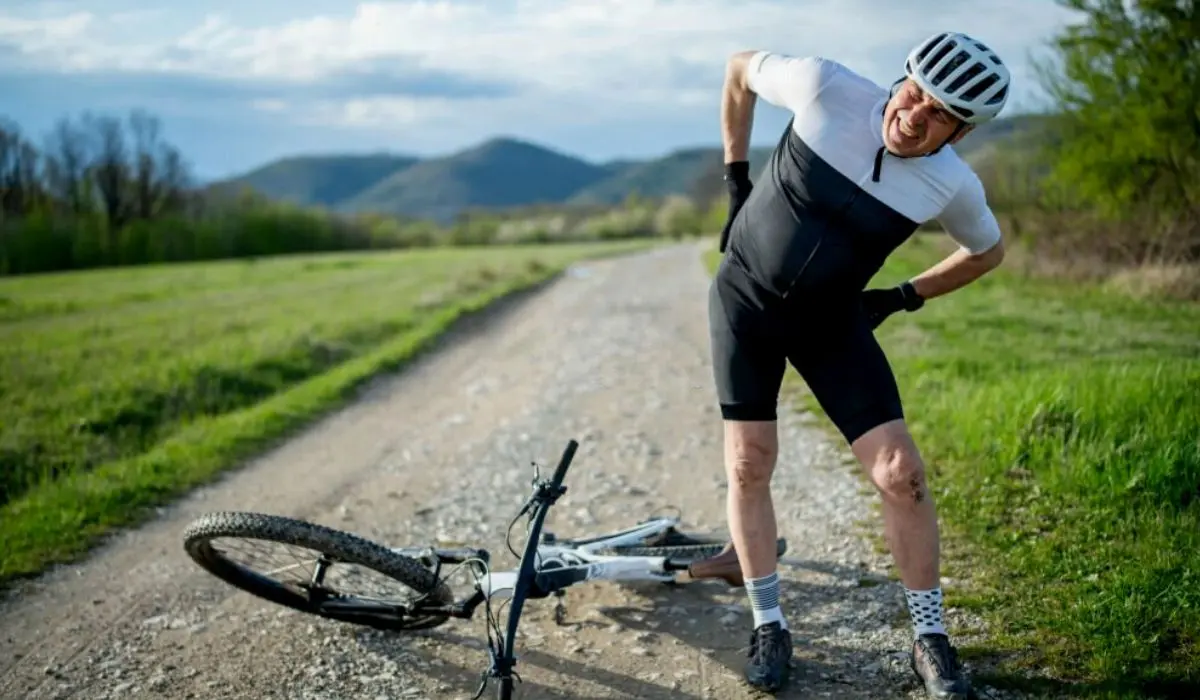Triathlon is a stimulating athletic sport that demands triathletes to evolve muscles and persistence to repulse the stringencies of this challenging sport. Injuries are frequent in any sport. Recovering from an injury for any sports professional is critical and compelling.
When an athlete gets injured, sports rehabilitation becomes essential to determine when they may safely return to practice and compete.
Rehabilitation for an athlete may vary depending on the impact of the impairment and the stage of their career. Let’s interpret some techniques and methodologies of sports rehabilitation for triathletes and how they manage adversities in their career.
Triathlete Injuries
A triathlete is more than an athlete who dedicates themselves lively and positively to accomplish their pursuit. With three disciplines to dominate, a triathlete is more acute to injuries than an average athlete.
The most common injury observed among triathletes is overuse injuries to the knee, calf, foot, and ankle. Exerting too much force on muscles during warm-ups and workouts may lead to overuse injuries. Besides, the exaggeration of muscles and joints may also lead to chronic injuries and induce repetitive strains in the body.

When an athlete suffers an injury, the impairment caused is not merely physical. There will be distress to the mind as well. There are high chances for athletes to contend with a loss of determination, confidence, and inspiration. They might go through stress and anxiety while they stand distracted by the injury.
Their focus and concentration on sports get tormented. They may experience a lot of emotional agonies, including depression, nervousness, disappointment, resentment, and discouragement. Therefore, sports rehabilitation is essential for injured athletes to recover positively and comprehensively to perform at their best.
Injury Recovery
Surgical technologies and rehabilitative strategies have become so progressive in the modern days that a full biological recovery from an injury is now friendly and effortless to accomplish, especially with sports rehabilitation.
Recovering from an injury requires consolidation of protection, rest, rehabilitation, nutrition, and proper medications to retain the contentment of an athlete. Sometimes, the recovery and rehabilitation technique may feel staggering.
The recovery process should always be courteous and attended by medical professionals. The recovery process and rehabilitation techniques may vary for each athlete depending on their age, sex, fitness, phase, and impact of the injury. Sports rehabilitation for triathletes has become quite common as they may encounter multiple injuries and numerous types of wounds in their career.
Sports Rehabilitation For Triathletes
Triathletes expose their bodies through persistent challenges in distinct ways and over an extended duration. It is rare to find a triathlete who has not undergone an injury. Triathletes may consider sports rehabilitation for recovering from an injury, preventing future hurdles, and achieving maximum efficiency inside themselves.
Sports rehabilitation and its techniques are secure, mild, effortless, and productive strategies that benefit the competence of joints and muscles, movement, resilience, and overall flexibility for triathletes. Some distinguishing advantages of sports rehabilitation for triathletes include;
- Enhances blood circulation
- Improves flexibility of the body
- Improves cardinal stamina
- Boosts stability and balance
- Relaxes stretched muscles
- Relieves aggravation
- Revival of joint dominance
- Reduces agitation and jitters
- Reduces injury afflictions
Sports rehabilitation is a remedial approach that includes treatments, physical therapies, training instructions, psychological game studies, and performance interpretations. Considering the dynamic aspects of the games, sports rehabilitation ensures triathletes endure a competitive edge on the intensity and complexity of their athletic activities in all disciplines.
Stages Of Sports Rehabilitation
Depending on the potentiality and fulfillment of an athlete, sports rehabilitation techniques and methodologies reserve various stages for a transforming journey from injury to success.
- Preservation – To rest and care
- Mobilization – To enhance flexibility and range of motion
- Endurance – To develop strength and stamina
- Coordination – To retain body balance and motivation
- Advancement – To return to sports with a competitive edge
Read More:- Senior Fitness: Staying Active In Later Years – Know More!
Conclusion
Sports rehabilitation is for sports-related professionals and game-related injuries. The need to recover from an injury or bounce back from setbacks has increased the demand for sports rehabilitation among triathletes. They always push their bodies beyond their limits to achieve better results. They tend to benefit from developments in sports rehabilitation procedures with modern technologies and therapeutic approaches.
It comprehends more than the physical segments of an athlete. The purpose of sports rehabilitation is to habilitate the conditioning and commitment of an athlete along with improved performance.